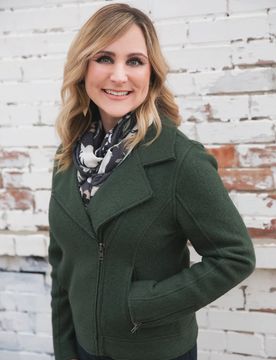
Pool Rules: Safe Swimming
July 1, 2019 | by stephanie toews
While backyard and public pools promise endless adventure and fun, according to Injury Facts®, on average about 10 people die from drowning daily in the US. Here are a few steps we can take to ensure a safe, summer swimming experience.
1. Talk About It
Share stories you come across on social media about drowning and the devastation it can cause to families. Talk to your kids about every aspect of water safety.
2. Put the Phone Away
Don’t rely on lifeguards to watch your kids for you while swimming. Drowning can happen in a matter of seconds. Silence your phone and soak up the sun while keeping a close eye on the kids.
3. Invest in Swim Lessons
While swimming lessons don’t drown-proof anyone, they are highly beneficial for children. In addition to a fun, summer activity, lessons help your children become more comfortable in the water while teaching them swimming safety and strokes.
4. Smart Services
Hire a professional to check the pool before opening it for the season. They can check on the safety cover, electrical components, fencing, drains, and chemicals.
5. Have a Plan
Basic CPR and immediate action can make a life or death difference. Consider taking a class and encourage other parents to take one with you.
6. Know the Signs
Drowning doesn’t look like what we see on TV with the person waving for help and screaming. Here are some signs to watch for:
- Hyperventilating and gasping for air
- Mouth sinking below and reappearing (not calling for help because struggling to breathe comes before speaking)
- ✚ Instinctively extending arms to the sides and pressing down (not waving for help)
- ✚ Upright in the water with no evidence of kicking,
- ✚ Glassy eyes
- ✚ Face may be hard to see with hair covering forehead and/or eyes
- Mouth at water level, or head is tilted back with mouth open
Originally printed in the July 2019 issue of Simply Family Magazine
Never miss an issue, check out SFM's digital editions here!





